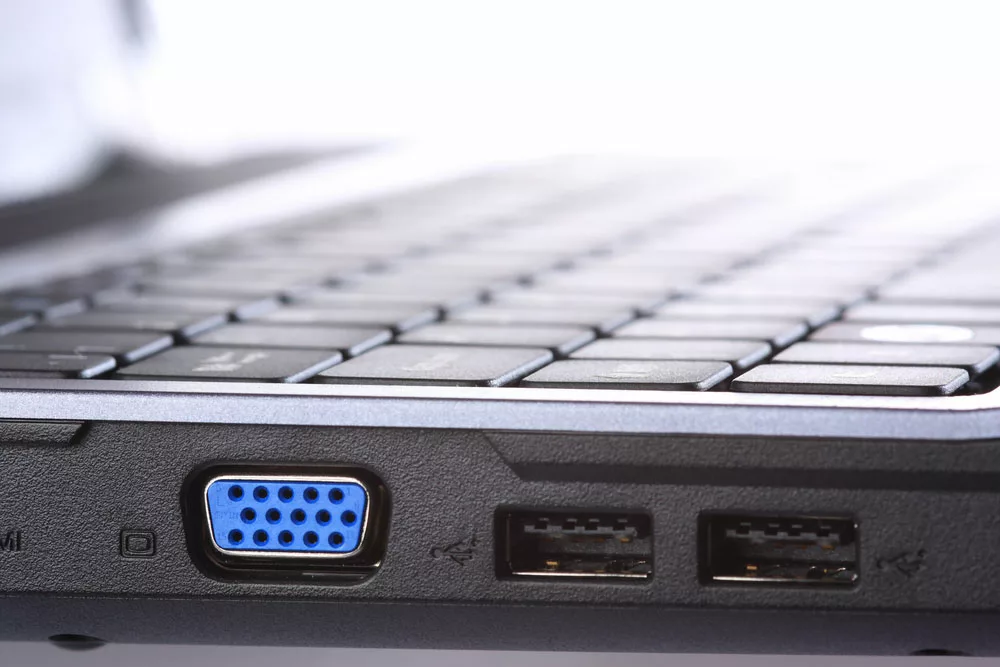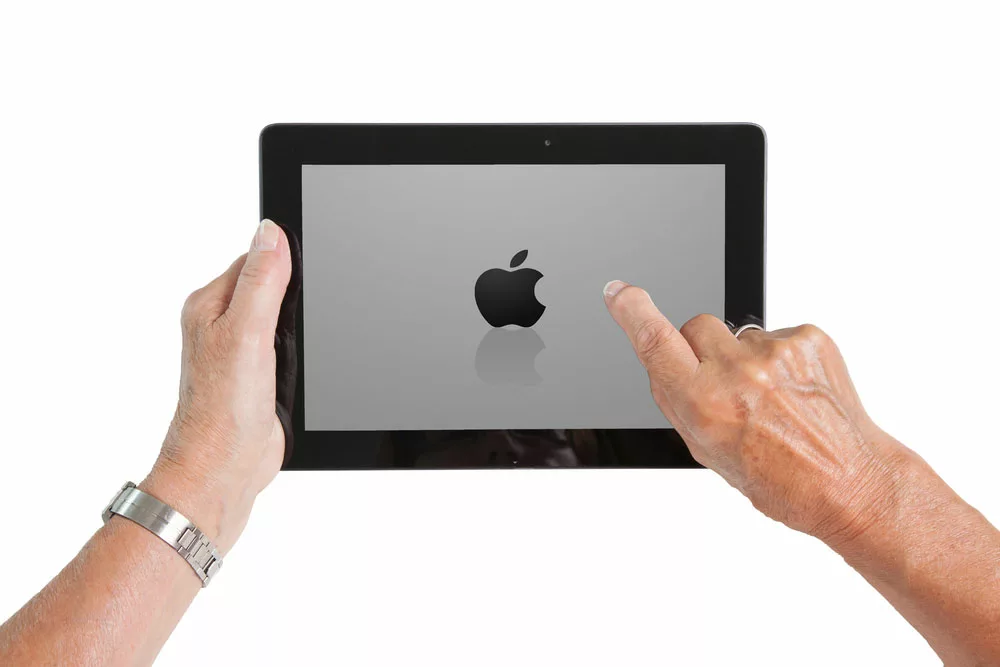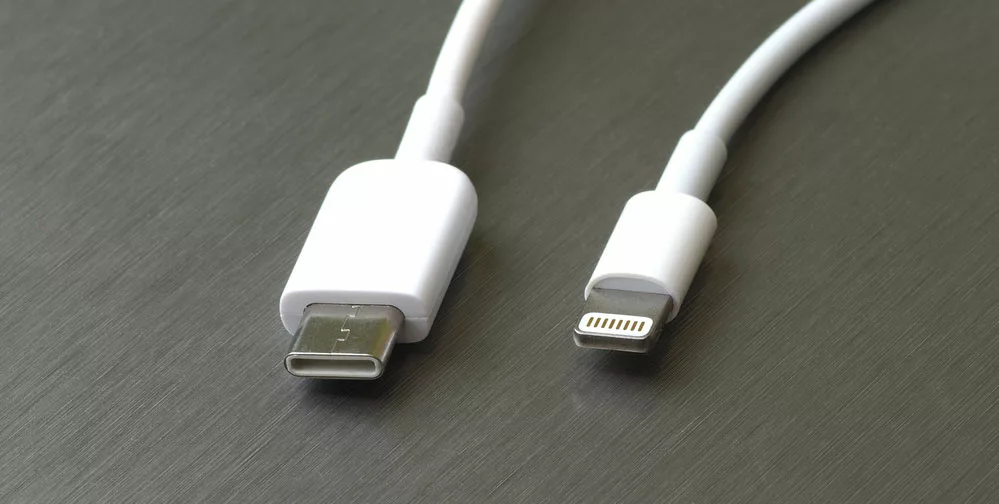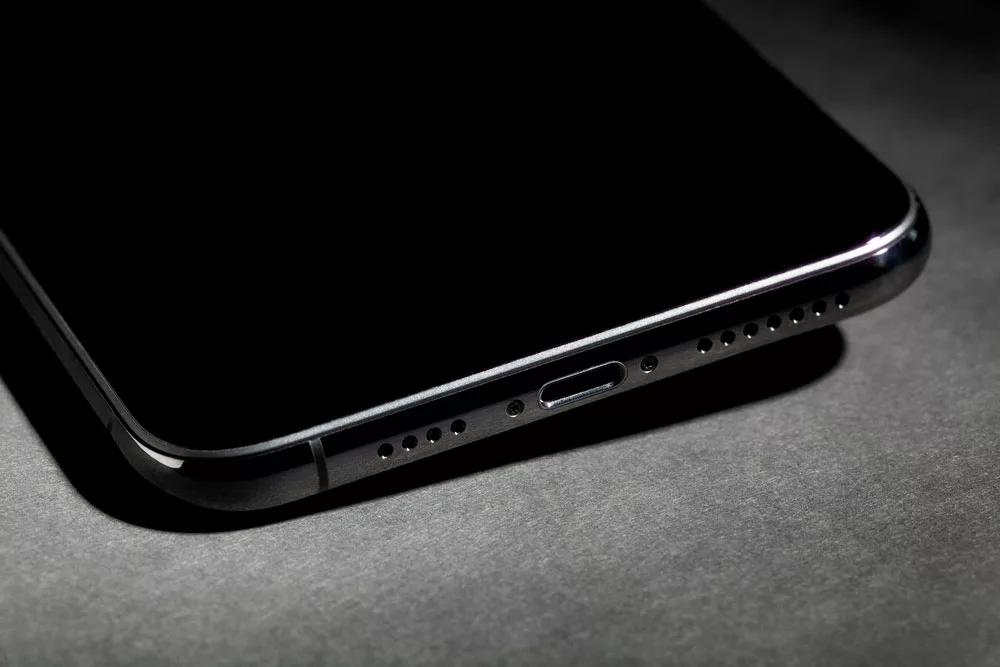Is the iPhone cable not charging? It’s worrying when your iPhone won’t charge, given how pricy these devices are. You wonder if it’s damaged beyond fixing or needing replacement.
Many could go wrong, including the iPhone cable, the adapter, and the lightning port. This article discusses how you can get your iPhone to charge again.
Table of Contents
- How can you charge your iPhone with your lightning cable?
- The solution to the iPhone charging problem
- Hard Reset
- Check for Damage to the Lightning Cable
- Try Using Another iPhone Charger
- Remove the Gunk on Your iPhone’s Charging Port.
- Set Your iPhone to DFU Mode
- iPhone Cable Not Charging: Does Your iPhone Only Charge to 80%?
- Avoid Charging Your iPhone Wirelessly
- Check Where You’ve Plugged In Your iPhone.
- Check for Software Updates
- Make Sure Your iPhone is Not Overheated or Too Cold
- Conclusion
How can you charge your iPhone with your lightning cable?
After connecting your iPhone to the lightning cable it came with, plug the USB into any of the following power sources:
- Power outlet on a wall: First, connect the charging cable to a USB power adapter before plugging in the adapter to the power outlet.
- Computer: First, ensure the computer is on, not in sleep or hibernate modes. Then, connect the charging cable to one of the computer ports (a USB 2.0 or 3.0 port) and never any of the ports on your keyboard.
- Power accessory: Directly connect the USB to an Apple-certified accessory, such as a USB hub or docking station.

(Caption: Computer USB ports)
The solution to the iPhone charging problem
You’re most likely dealing with faulty hardware when your iPhone doesn’t charge. For example, a bad power cable or a bad charging port on the device. However, in some cases, the firmware can trigger charging-related issues on the iPhone. All in all, different problems require different approaches.
Hard Reset
Hard resetting your iPhone is something easy you can do at home. It’s the first troubleshooting technique a technician at an Apple store would apply. But keep in mind different iPhones are hard reset differently.
iPhone 6S, SE, and Older Models
Press and hold the button that turns the power on and the Home button simultaneously and hold that position until you see the Apple logo come on. Then let go.
iPhone 7 and 7 Plus
Press and hold the volume and power buttons until the Apple logo gets displayed on the screen. Then release.
iPhone X, 8, SE 2, and Newer Models
There are three easy steps you can use:
- Press and quickly release the button to increase the volume.
- Press and release the button to turn down the volume quickly.
- Long press the button used for turning on power (on iPhone X, it’s called the “side button”) until the Apple logo comes on, and then let go.
Point to note: It’s often essential to hard press the buttons for a significant amount of time. In fact, for newer iPhone 8 versions, the hard setting entails pressing this button for even more than 20 seconds.

(Caption: Apple logo displayed on screen)
Check for Damage to the Lightning Cable
Unfortunately, the Apple lightning cable is highly susceptible to wear and tear, mainly at the tip where it connects to the phone. So examine both ends of your cable to see if it’s worn out. If it is, then it needs replacing.
But what if the cables don’t appear damaged? Then use a different cable to charge your phone. And if it charges, then your cable is faulty.
Alternatively, rather than use the adapter that comes with the iPhone, try plugging the USB cable directly into one of your computer’s USB ports. However, if you usually charge it on a computer, use the power outlet on a wall instead. If it charges at one place and not the other, it means there’s nothing wrong with the cable. But if it won’t charge at either power source, you know there’s an issue with the cable.
Fortunately, Apple will exchange your cable for free if you provide the phone’s warranty that has not expired.

(Caption: Apple lightning cable)
Try Using Another iPhone Charger
One remarkable feature of the iPhone is that its software allows or prevents it from charging. So if there are any power fluctuations, the software will prevent any charging from protecting your phone. So, try using an alternative power source before concluding your cable is faulty. But if it still won’t charge, then the charger is the issue.
Fortunately, a host of high-quality fast chargers are available in the market. But you must be cautious because many third-party chargers can damage your iPhone. See Apple approves a maximum amperage of 2.1 amps for iPhone chargers. A charger with such an amperage will charge your phone fast and safely.
Point to note: Avoid using the keyboard ports or USB hubs when charging your phone. These restrict power supply and can cause charging issues due to limited power supply. Instead, use one of your computer’s USB ports.
Remove the Gunk on Your iPhone’s Charging Port.
The iPhone’s lightning cable has nine connectors. And when some of these connectors get blocked, your iPhone will not charge.
So use a torch to examine the port on your phone for gunk or debris. If there’s any, brush it off. Just ensure you use something that neither conducts electric charge nor damages the wiring on the port. Ideally, use a new toothbrush and carefully brush out the phone’s charging port.
Interestingly, damage caused by fluids is the most common reason for an iPhone not charging. It can cause a shortage in the connections in the phone’s charging port.
And unfortunately, sometimes the damage is already done, so brushing out the debris and drying out the port won’t work. Hence, the only solution is to replace the charging system.

(Caption: An iPhone’s charging port)
Set Your iPhone to DFU Mode
A DFU (Device Firmware Upgrade) restore is a technique that can resolve several software issues. Restoring deletes everything on the iPhone, restoring the factory setting. Interestingly, doing this can also resolve the issue of your iPhone not charging.
Some iPhone technicians always try this first when troubleshooting, even with a phone that appears damaged.
iPhone Cable Not Charging: Does Your iPhone Only Charge to 80%?
If your iPhone does not charge beyond 80%, that’s known as optimized battery charging, a feature that helps reduce battery aging.
See, your iPhone may get warmer while charging. So after it charges to 80%, it stops charging to prevent rising temperatures. And the phone will resume charging only after the temperature drops. Try moving the iPhone and charger to a cooler position.
However, you can turn the optimized battery charging feature off. Here’s how:
- Go to Settings
- Next, click on Battery and then Battery Health & Charging.
- Go down to Optimized Battery Charging and toggle it off
Avoid Charging Your iPhone Wirelessly
If you must charge wirelessly, remove the iPhone from its wireless charging case and use a lightning cable to connect to a power source. Then check to see if it starts to charge. If it does charge, then you’ve solved the problem.
Still, it would be best if you visited an Apple store to get your wireless charging case checked out. But it’s great that there’s no hurry since your phone can still charge using a power source.
Check Where You’ve Plugged In Your iPhone.
Your power source may be the reason your iPhone cable is not charging. For example, if you’re using a computer to charge your phone, always ensure it’s on and not in hibernation or sleep mode. And if the USB port you use fails, you can also try a different one.
Again, remember it’s not advisable to charge from a USB port built into a keyboard or USB hub. Rather, connect directly to a USB port on the computer.
When using a power socket, if you’re not using the AC adapter your phone came with, ensure it’s similar. You can use the one that comes with an iPad or borrow it from a friend.
Check for Software Updates
When your phone is functioning correctly, software updates may not seem essential. But they assist in improving performance and may avert many problems. Your phone may not charge without the latest iOS.
The following steps will guide you on installing and checking for updates on your iPhone.
- Click on Settings and then General.
- Click on Software Update. The search process for the latest iOS update for your iPhone will now start.
- Click on Software Update for your iPhone to begin to search for updates.
- If an update is available, then click on Install Now.
Make Sure Your iPhone is Not Overheated or Too Cold
For your iPhone to work well, ensure it’s not overheated or too cold. The optimal temperature range for an iPhone is 32ºF to 95º F.
Conclusion
Now you know how to solve issues of an iPhone cable not charging. But if none of those mentioned above troubleshooting techniques work, contact an Apple store for service.
Take good care of your iPhone by following the manufacturer’s installation, charging, and general maintenance guidelines.
